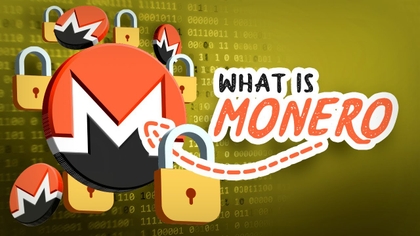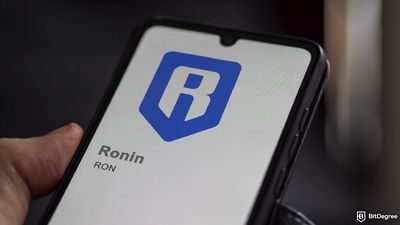The average Ethereum gas price on April 20th was a whooping 81.94 gwei.
The Ethereum network has experienced a multi-month high in gas fees amid the growing memecoin craze.
While some Ethereum supporters celebrated the increased revenue compared to Bitcoin (BTC), others pointed out the network congestion and transaction processing difficulties.

Did you know?
Want to get smarter & wealthier with crypto?
Subscribe - We publish new crypto explainer videos every week!
What is Monero? XMR Animated Explainer


On Thursday, an interesting shift occurred in the top 10 gas-burning altcoins, where memecoins like TROLL, APED, and BOBO overtook typical heavyweights like Ether (ETH), Wrapped Ether (wETH), and Tether (USDT).
Thus, on April 20th, the average gas price for Ethereum transactions stood at 81.94 gwei, a significant increase from 60.82 gwei on April 19th and 44.42 gwei last year. On April 21st, the average gas price stabilized at 76.59 gwei.
Ethereum educator Anthony Sassano highlighted the surge in daily fee revenue for the Ethereum network, noting that it brought in 28 times the revenue of Bitcoin. Sassano also pointed out Ethereum layer-2 platforms like Arbitrum One that outperformed the BTC network in daily revenue.
Supporters of Ethereum argue that the high gas fees and subsequent higher revenue underscore the network's growing usability. However, other crypto community members noted that this so-called extensive usage is just a few thousand users gambling on memecoins.
Some users have reportedly paid gas fees as high as a few hundred dollars, while others complained about paying more in gas fees than the actual transaction.
Others in the crypto community blamed Maximal Extractable Value (MEV) trading bot for the soaring ETH gas prices. It appears that the bot has been front-running memecoin trades on a massive scale. On April 20th, the bot, jaredfromsubway.eth, spent 455 ETH ($950,000) on gas fees and used 7% of the total gas of the network.
The recent memecoin frenzy has led to skyrocketing Ethereum gas fees and stirred up a debate about the network's usability and growing congestion issues.






















